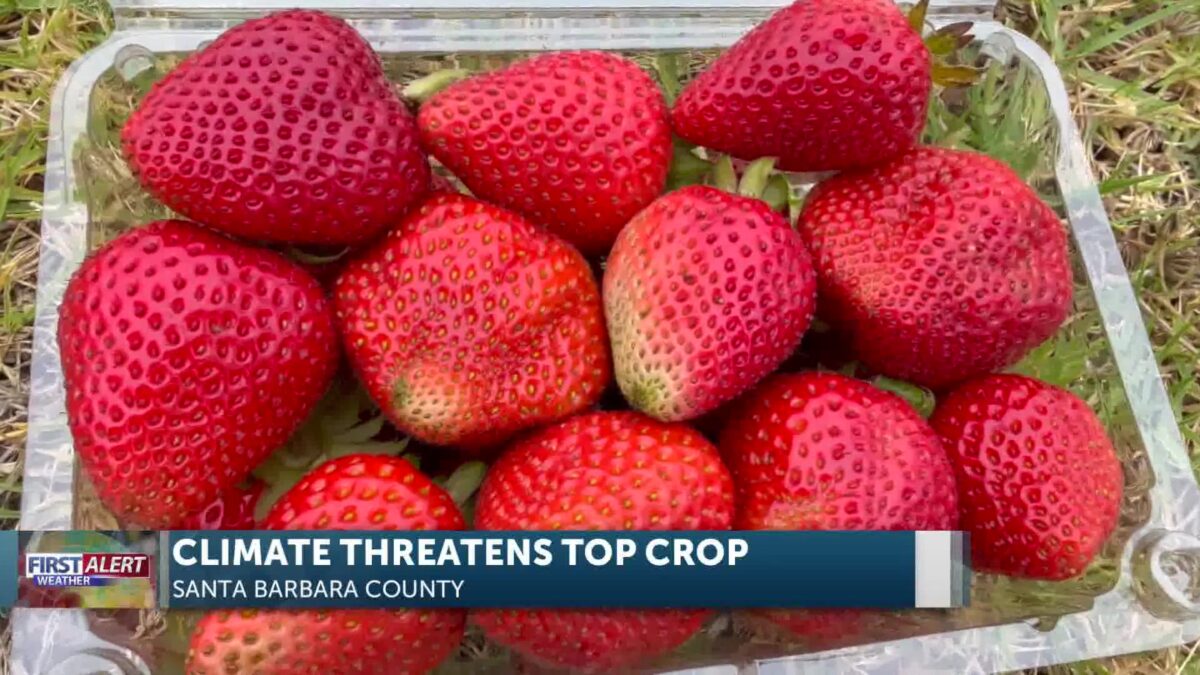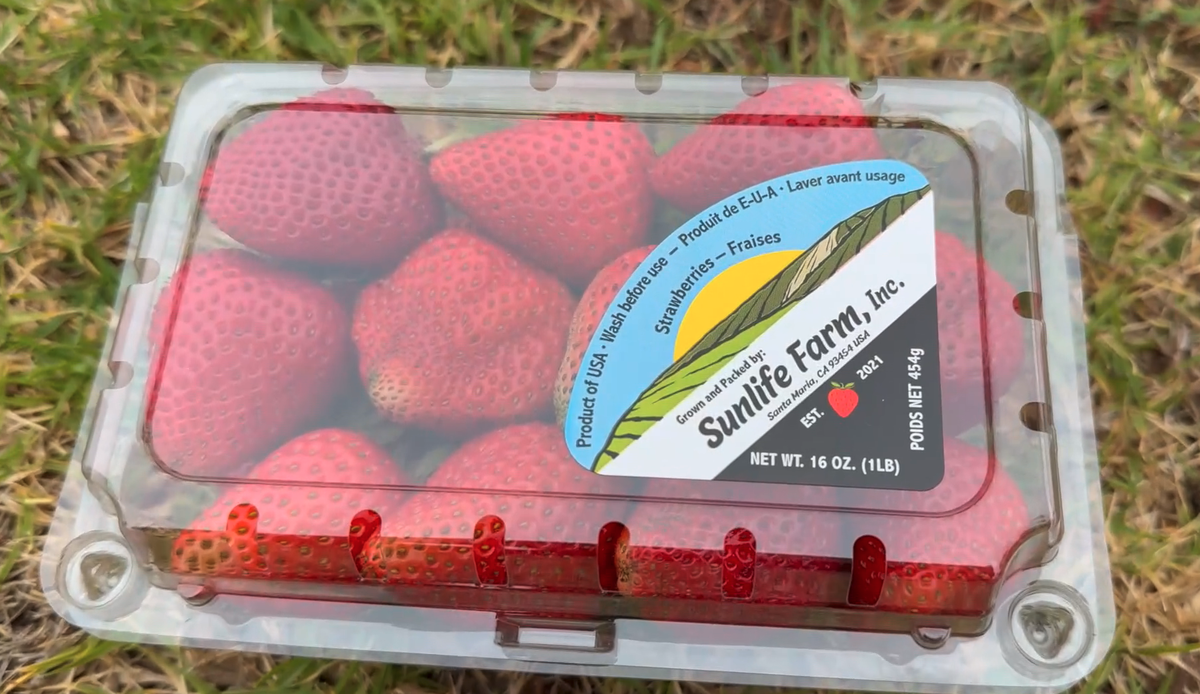Santa Maria Strawberry Growers Face Climate Challenges

Evan Vega
SANTA MARIA, Calif. – Strawberry producers in Santa Maria, including Sunlife Farms, are closely tracking climate changes and weather impacts during the peak harvest season.
“We have seen a little bit more of climate change throughout the years,” said Araceli Gaspar of Sunlife Farms.
La Niña-related storms have had devastating effects on local agriculture.
“Unfortunately, we were stuck with that a few years ago. We got some damage, but compared to other growers, they were affected tremendously,” Gaspar said.
 Flooding impacts to Santa Maria farms during January 2023’s heavy rainstorms
Flooding impacts to Santa Maria farms during January 2023’s heavy rainstorms
Severe storms in 2023 caused millions of dollars in damage to Santa Barbara County’s agricultural industry. The county’s top crop, strawberries, suffered more than $56 million in crop losses alone.
“You can construct the beds, but sometimes the plant gets completely washed away. So, pretty much, you’re without strawberries on that land that’s already been planted. It’s a lot of time and preparation that, within the blink of a week, can all be vanished,” Gaspar explained.
Flooding can also lead to bacterial contamination, forcing growers to discard entire beds of berries.
 Strawberries grown by Sunlife Farms in southwest Santa Maria near Skyway Drive
Strawberries grown by Sunlife Farms in southwest Santa Maria near Skyway Drive
“Because of the water, there are more regulations with food safety. You have to get it tested to see if it’s appropriate for consumers,” said Gaspar.
La Niña can also bring heat waves, causing strawberries to overripen on the vine.
Santa Maria’s strawberry season typically begins in April, with late summer heat spells often extending the harvest through November.